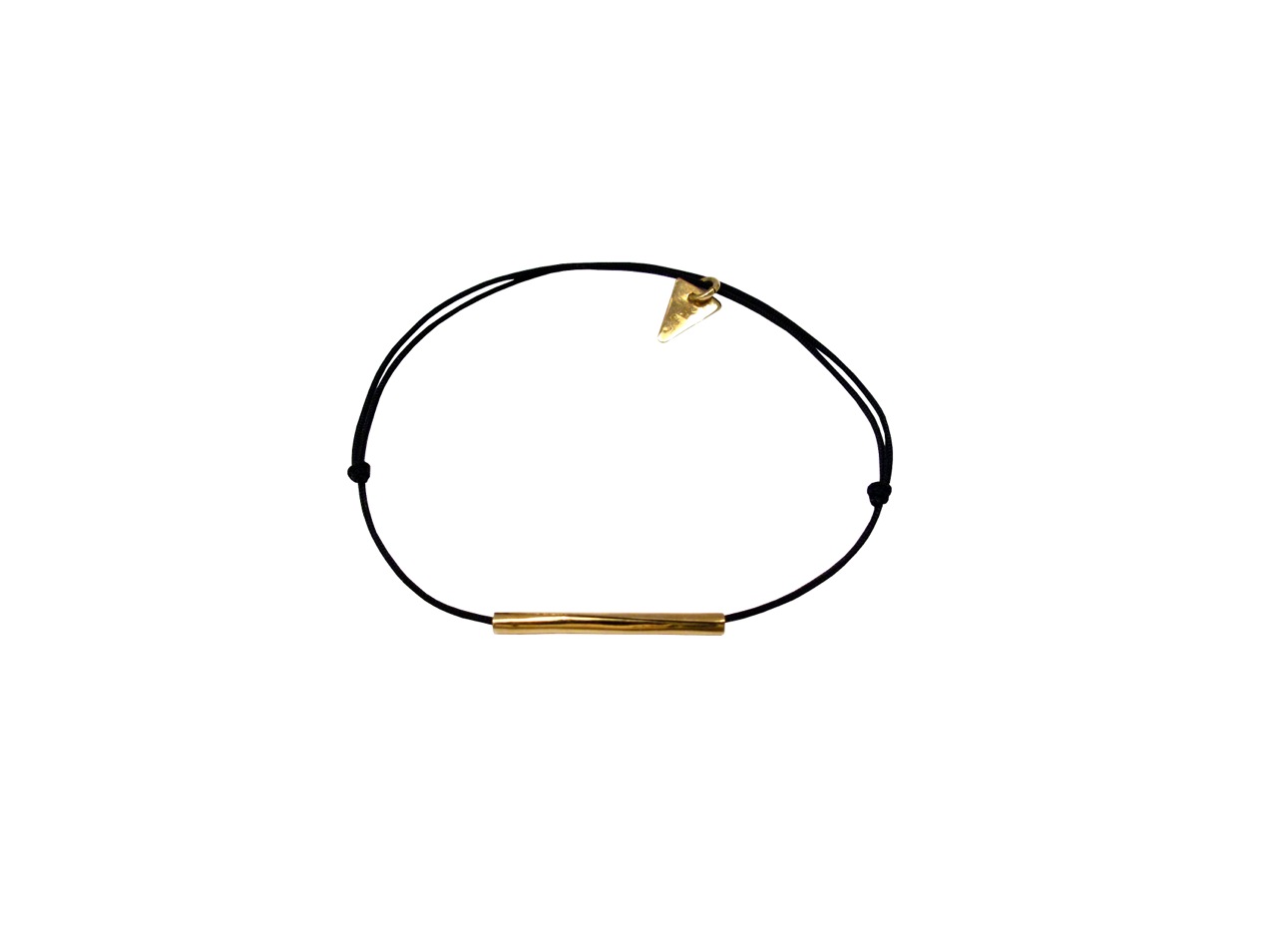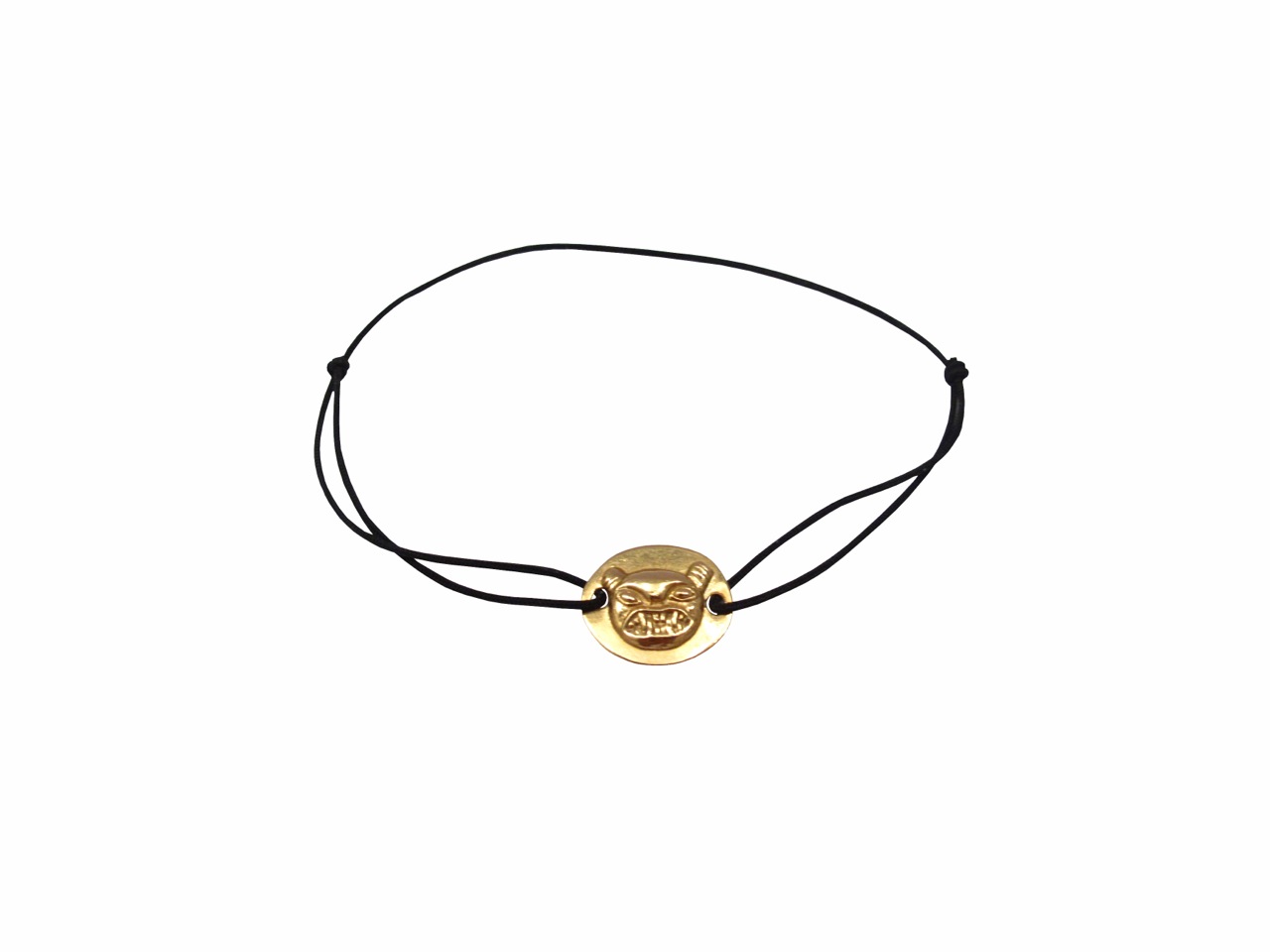Inspiration
MOTCHÉ PARIS-LIMA finds inspiration in the motifs present in the rich iconography of pre-Hispanic societies : geometric forms, magical bestiaries and ritual reenactments evoke Andean beliefs and the rites associated with them. In 2008, the world discovers the funerary chamber of the Lord of Ucúpe. The luxurious splendour of its sophisticated jewellery offerings imbues these Mochica style adornments (150 AD - 850 AD) with the imposing strength of a mythological art. These treasures, inaccessible to the ordinary people of the time, reflect the powerful position of a distinguished leader who was associated with the supreme ritual of sacrifice. On the occasion of their exhibition at the Museum of Ethnology of Geneva, Motché Paris-Lima has recreated this sense of ritual, in a collection based on the adornments of a Lord who was literally "dressed to kill".
Motché jewelry
MOTCHÉ PARIS-LIMA combines specialist scientific knowledge with rare ancient technologies to create exceptional jewelry. After several years of research, Motché's founder and designer, Carole Fraresso, based her doctoral thesis on Andean metallurgy. The young archaeologist decided to settle in Peru and, in the intimate setting of museum collections, inspired by the most beautiful international collections, she embarked upon the task of designing her first pieces. She designed her first exclusive collection of jewelry for Lima’s Larco Museum, reinventing the concept of pre-Columbian jewelry making.
One of the techniques employed by MOTCHÉ PARIS-LIMA is the working of thin sheets of gold and silver (less than 1 mm thick), worked by hand and shaped through embossing, a process involving skill and delicacy gained from many years of experience. The jewelry created using these methods is defined by its lightness, facilitating the combining of what are often imposing dimensions with great mobility in terms of form.
Sustainability
MOTCHÉ PARIS-LIMA chooses to operate in workshops designed on a human scale, supporting dedicated local artisans who are the repositories of ancient manufacturing techniques. Production is limited because of the time and care invested in their craft by our metalworkers and gem cutters, who are among the few who still practice these ancestral trades.



















